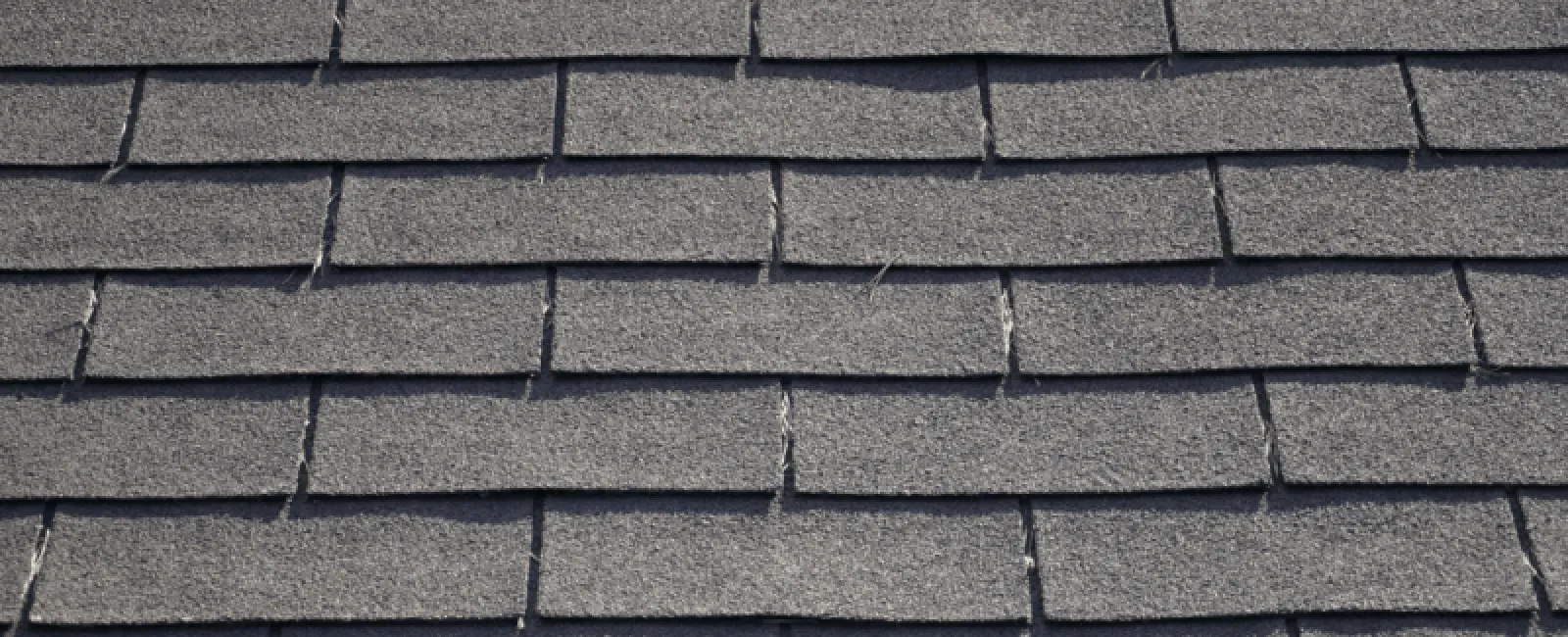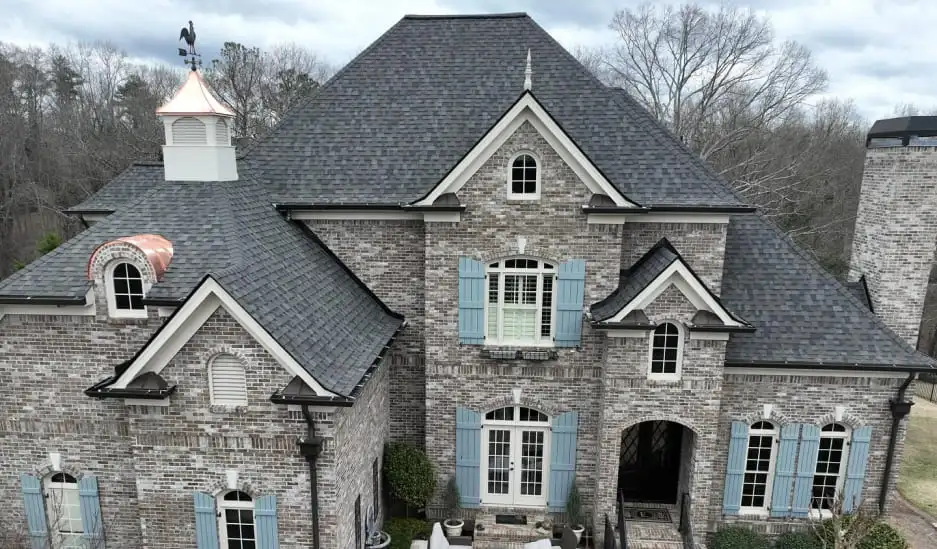Your roof performs the vital function of protecting everything beneath it, but it’s also an important component in the curb appeal and style of your home’s exterior. While roofing has become more resilient and durable as technology has improved, there will still come a time in the life of every homeowner when roof replacement is necessary. When that time comes, a homeowner has a wide assortment of options for roofing material selection. Different types of roofing materials carry their own individual strengths and weaknesses which must be considered in the selection process.

Two common roofing materials in use today are asphalt shingles and slate tiles. Though both fulfill the same role in providing a weatherproof barrier to protect the home, the similarities largely end there. In fact, slate tile and asphalt shingles are opposite ends of the spectrum when it comes to factors for consideration when selecting a roofing material. Keep reading for a thorough comparison of shingle and slate roofing.
Cost
When considering the cost of these roofing materials, there are two ways to examine the situation. There’s the initial cost of installation, long-term costs of maintenance, upkeep, and replacement. When installing a roof on a budget, the clear choice would be asphalt shingles. Asphalt shingles are much less expensive up front than slate tiles, and the labor and installation costs are also significantly lower. However, 3-tab asphalt shingles usually only last about 20 years, and improved dimensional shingles stretch that lifespan to 30 years or more. Slate roofing can last for 100 years, however, which means that one slate roof could last as long as five 3-tab asphalt shingle roofs. While initial cost of slate may be prohibitive, the long-term costs make it an economical choice.
Installation
Simply put, the cost of installing a slate roof is significantly higher than the cost of installing an asphalt shingle roof of any kind. Slate roofing installation is also more complex and requires specialized skills. Most shingle roofs can be completely installed in a day or two, but slate roofing takes much longer to execute. That can drive up labor costs. Also, installing a slate roof for the first time can involve improving the structure of the roof since slate tiles weigh more than other roofing material types. That will also result in additional installation costs and extend the installation timeframe. Finally, there are fewer roofing companies that specialize in slate tile installation, so there may be a longer wait time for installation.
Weight
You may not think about it, but your roof is a heavy structure given the large square footage and layering of materials that go into the average roof. Even a lightweight shingle roof can be tremendously heavy, and the structure beneath it must be strong enough to withstand the weight. When slate is used for roofing, the roofing structure must be even more robust to bear the significantly heavier weight of the material. Therefore, installing a slate roof sometimes requires a roofing assessment to determine if your decking and underlayment can support slate. If it can’t, the roof must be upgraded with sturdier materials.
Appearance
Slate roofing is widely considered the most beautiful roofing material as it conveys a classical, rustic charm of a natural material. The dark grey to black color of slate can complement almost any style of home, and the installation can raise your home’s curb appeal and value. That said, modern dimensional shingles can replicate the appearance of slate roofing, and its available in a wider variety of colors.
Both slate and shingle roofing can offer homeowners great value and respectable durability in a wide variety of conditions. Though they are very different in many ways, a homeowner can’t go wrong with either choice. To learn more about the differences between slate roofing and shingle roofing, contact Findlay Roofing at (770) 516-5806.



